Performance Series at UC San Diego Qualcomm Institute Enters Fourth Season
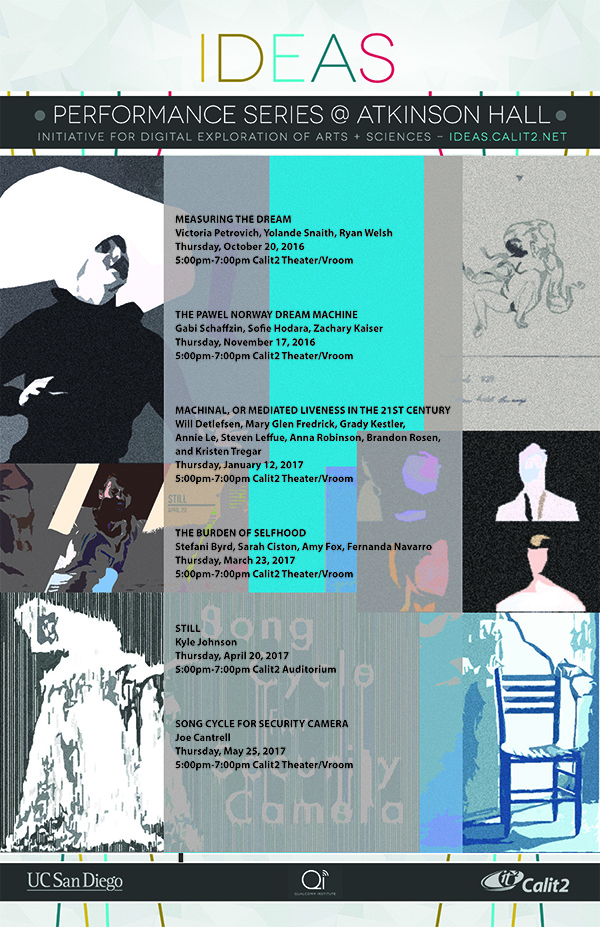
San Diego, October 7, 2016 — The 2016-2017 season of the Qualcomm Institute’s primary performance series gets underway on October 20. The performances and artist residencies were awarded by the Initiative for Digital Exploration of Arts and Sciences (IDEAS) following a peer-review competition open to faculty and graduate students in Music, Theatre and Dance and Visual Arts, as well as any engineering discipline. The IDEAS program is now entering its fourth season.
”I am extremely proud and excited to witness IDEAS enter its fourth year with such a strong and innovative line-up of pieces,” said Shahrokh Yadegari, a professor of Music at UC San Diego and chair of the IDEAS selection committee. “This year’s programs will bring faculty, students and researchers the performative and presentational context for interdisciplinary artistic and scientific endeavors taking advantage of the state-of-the-art technologies available at Qualcomm Institute." (All of the performances will take place in the Calit2 Theater except for “STILL” in the Calit2 Auditorium, both in Atkinson Hall.)
Thursday, October 20, 2016
5pm-7pm
Measuring the Dream
Victoria Petrovich, Yolande Snaith, and Ryan Welsh
Measuring the Dream is a multimedia dance collaboration that draws on "The Dream", by Sister Juana Inez De La Cruz. The collaborative team includes Yolande Snaith, Victoria Petrovich, Ryan Welsh, Jose Lopez, Erin Tracy, Aurora Lagattuta, Heather Glabe, Veronica Santiago Moniello and Anne Gehman..
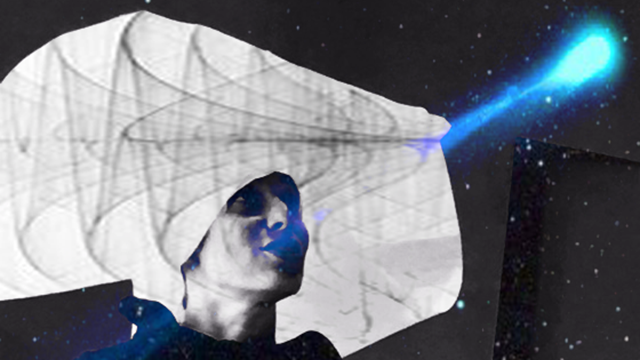
The production is based on text, choreography, music and the visual world from the tragic life of Sor Juana Inez De La Cruz and her written works, in particular The Dream. "The poetic landscape of images, emotions and the feminine philosophy that her work expresses provide a rich, universal and timeless theme for this multimedia production," said production designer Petrovich, who has previously been involved in Qualcomm Institute performances (including Prof. Mark Dresser’s Telematic concerts, Crossing Boundaries with Shahrokh Yadegari, and the opera workshop for Lilith with Anthony Davis and Allan Havis, which was part of the IDEAS series). "This project will be a multidimensional synthesis of visual imagery, sound, text and choreography," notes choreographer Snaith. "The collaborative team aims to create a poetic synthesis between our respective disciplines through the integration of dance, music, text, voice and visual design, in order to merge the essence of Sor Juana’s unique, historic voice with the invention of a new, highly contemporary artistic language using the new technologies at the Qualcomm Institute." Composer Ryan Welsh is working on his Ph.D. in music (composition) at UC San Diego. "In contrast to the rambling and ever-unfolding nature of the text by Sor Juana Ines de la Cruz, the musical score will emphasize the spoken text as a unified sonic object, alongside other processed and manipulated vocal sounds," explains Welsh. "The Qualcomm Institute's black-box Theater provides the opportunity to surround the audience in an immersive and evolving sonic landscape. The audience will travel into the imaginative writings of Sor Juana through the narrow and claustrophobia-inducing cloisters of her native Mexican convent and arrive at the expansive universe of the sister’s mind."
Thursday, November 17, 2016
5pm-7pm
The Pawel Norway Dream Machine
Gabi Schaffzin, Sofie Hodara, and Zachary Kaiser
In the second performance of the IDEAS season, a team of three artists, researchers and technologists will present a hybrid performance-exhibition featuring modern-day efforts to recreate experiments dating back to 1841 on Dr. Pawel Norway's treatise on Computable Transformation of Human Qualities to Those of a Visible Dream Memory. The 1841 treatise is an obscure but intriguing thesis on the possibility of inferring dream content from the behavior of a subject after he or she has awakened. The scientist believed that this energy can be collected and measured, including its velocity coming off the body, temperature, etc., which could make it possible to reconstruct the prior dreams.
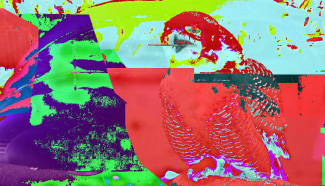
Gabi Schaffzin, a second-year Ph.D. student of Art Practice in Visual Arts, says the work draws parallels between Norway’s thesis and today’s quantitative health movement: "Both seek to infer a macro-level understanding of a body by measuring its micro-qualities." For the performance-exhibition, the artists have recreated Norway's experiments to bring dream visualizations to the public. "We have developed the apparatus of Pawel Norway's fantasies,” explained artist Sofie Hodara, a designer and educator. “It reads what our bodies say about our dreams (extracting from that data imagery, narrative content, and subconscious meaning) once we are awake through high-sensitivity motion sensors, EEG readers, as well as temperature, and audio sensors." The output that makes up the bulk of the exhibition borrows from the quasi-representational nature of Dr. Norway's lithographs and incorporates imagery and visuals produced and shared by the large swath of humanity living its lives on social-media outlets. "The result is an algorithmically generated multimedia tapestry dynamically informed by the sensorial inputs we've combined," adds Zachary Kaiser, a professor of Graphic Design and Experience Architecture at Michigan State University. "We are now ready to present our findings alongside Dr. Norway's in a hybrid performance-exhibition installation in the Qualcomm Institute which will feature live dream-readings of volunteer visitors as well as Dr. Norway's work, with all the visuals on the Vroom display wall in the Calit2 Theater using the MUGIC system that has already been used for other IDEAS performances."
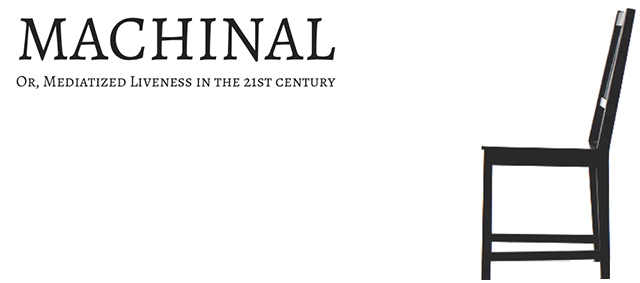
Thursday, January 12, 2017
5pm-7pm
MACHINAL, or Mediatized Liveness in the 21st Century
Will Detlefsen, Mary Glen Fredrick, Grady Kestler, Annie Le, Steven Leffue, Anna Robinson, Brandon Rosen, and Kristen Tregar
MACHINAL will be the third performance of the IDEAS season. The work is an artistic experiment that asks questions about what live theatre can be and how technology and machines have changed the landscape of our human interactions in the world today. Based on the real-life case of Ruth Snyder, this devised performance is the story of a woman caged in a male-dominated, mechanized, materialistic world who murders her husband in order to be set free. The performance used the Vroom wall display system in the Calit2 Theater for a live performance and interaction with a live audience. “Machinal is an artistic experiment based on big questions about what live theatre can be and how technology and machines have changed the landscape of our human interactions in the world today,” said Will Detlefsen, an MFA candidate in Directing (expected in 2017) and one of the graduate students behind MACHINAL. The performance is based, in part, on the 1928 play Machinal by Sophie Treadwell, based on the true story of the first woman sentenced to the electric chair for murdering her husband. Performer/sonic Interactions in Machinal will feature EEG driven sound sources developed by Italian computer musician Franceso Roberto Dani.
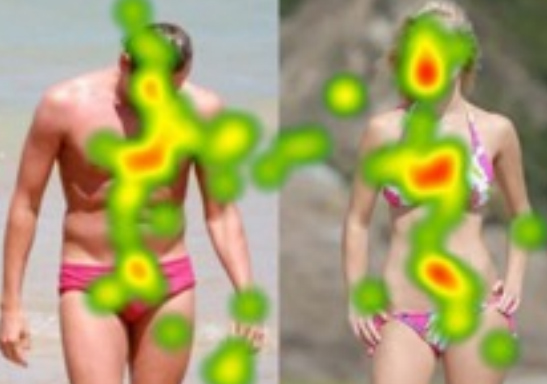
Thursday, March 23, 2017
5pm-7pm
The Burden of Selfhood
Stefani Byrd, Sarah Ciston, Amy Fox, and Fernanda Navarro
The Burden of Selfhood is an interdisciplinary work exploring the intersection of feminism, identity and technology. By using interactive technology and research from cognitive science, music, poetry, video and performance art, the performance will investigate the experience of viewing and being viewed as a gendered body. “Technology has accelerated the recursive gaze to the point that we continually perform and project back onto each other our internalized expectations for unattainable perfection,” said artist Stefani Byrd, an MFA candidate in Visual Arts. “This poly-vocal performance will use large-scale data visualizations and live performers to make explicit both the collective gaze and the implicit impact of being seen.” Using gaze-tracking technology, the first part of the live performance will implicate the view of the audience by revealing where their attention is focused on the body of the performer as the piece unfolds. This data will be used to create a “heat map” that is then projected onto the performer’s body. In Act Two, the artists use projection mapping to project alternative faces onto the performer’s face, turning it into a “malleable surface that we can transform to visualize ideas around reconstructing identity,” said Sara Ciston, MFA candidate in Writing at UC San Diego. Other participants include Cognitive Science Ph.D. student Amy Rae Fox, and composer Fernanda Navarro, a Ph.D. student in the Music department. Fox conducted language-based content analysis of user-generated makeup tutorial videos as a prelude to projecting new faces on the performer.
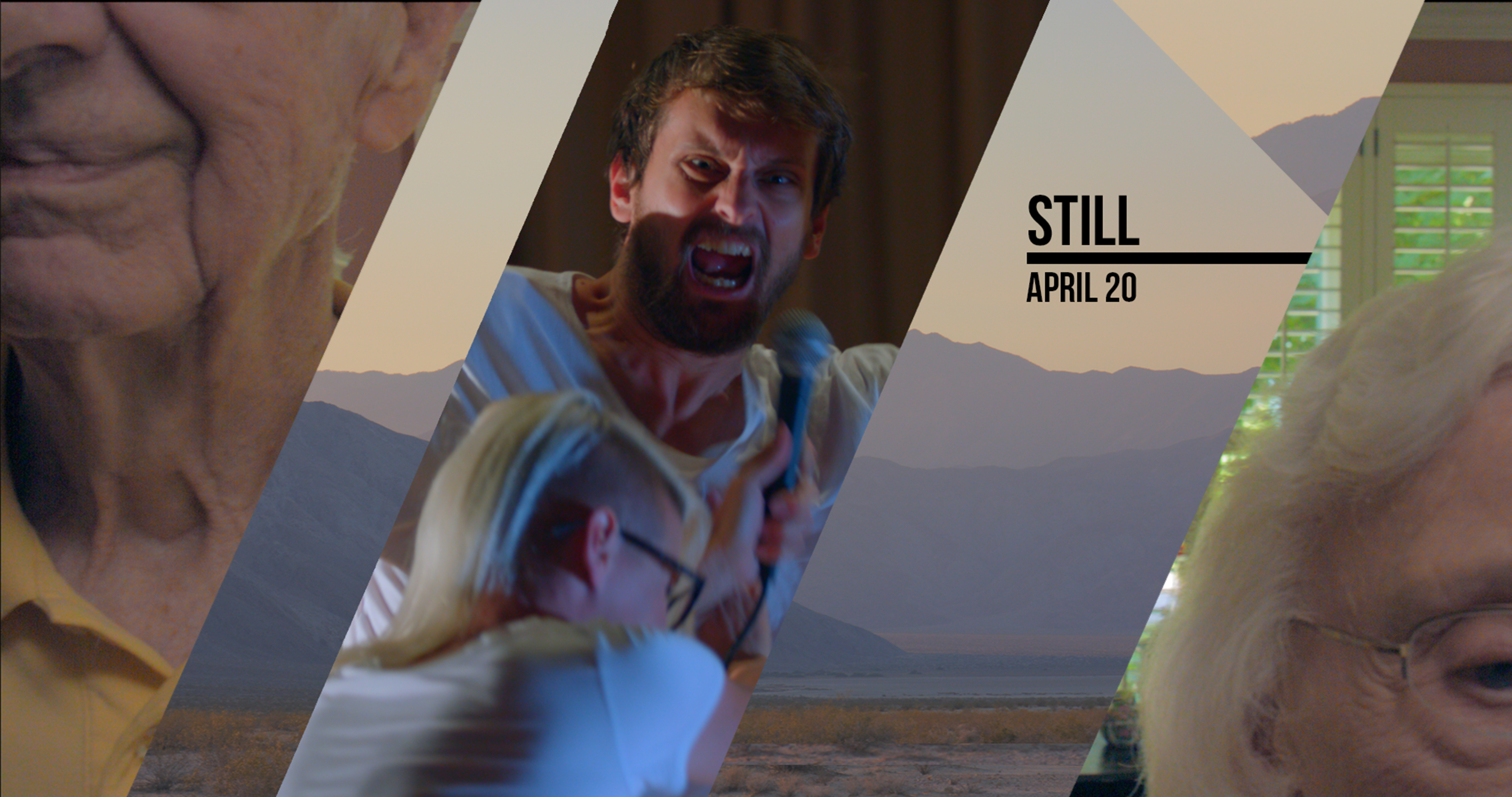
Thursday, April 20, 2017
STILL
Kyle Johnson
The multimedia artist and documentary filmmaker behind STILL is in the Music Composition Ph.D. program at UC San Diego, where he earned his M.A. in Music. The work focuses on the ideas of fiction, devotion, intimacy and skepticism. Combining elements of music, theatre, cinema and poetry. In it, a single performer stands between video displays and stereo loudspeakers, delivering a stylized speech-song accompanied by recorded and synthesized sounds. The performer also interacts with composite videos shown on the video displays. Uniquely, Johnson pre-records 4K video, which is four times the resolution of HD video, giving him the “editing freedom to crop the image to any aspect ratio at any time without any jarring loss of quality.”
Thursday, May 25, 2017
5pm-7pm
Song Cycle for Security Camera
Joe Cantrell, Nicolee Kuester
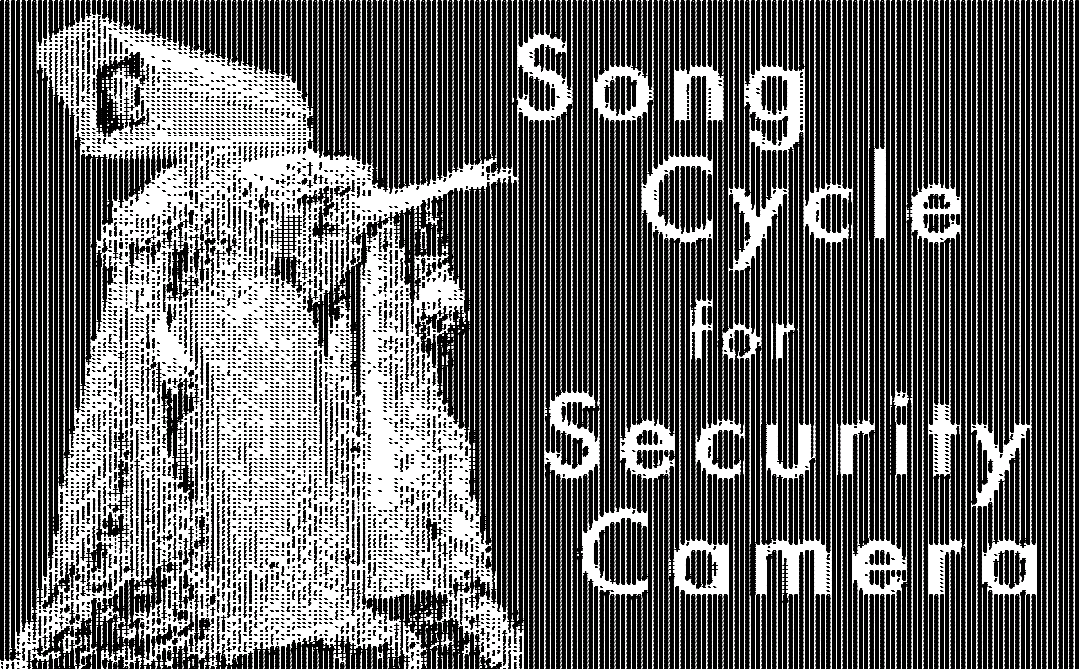
While the convenience and utility of mobile communication and more recently the so-called Internet of Things keeps us connected and fluid, it simultaneously alters the understanding of public and private spaces in ways that were not intended. The mobile browser and map applications that have become crucial parts of our increased functionality are also collecting data about our whereabouts and activities, often without our knowledge or full consent.
Song Cycle for Security Camera is a generated song cycle that explores the multi-layered meanings that surround contemporary technological use through a visual and aural examination of text, code and voice, according to musician and multimedia artist Joe Cantrell. Video feeds from unsecured live remote camera locations across the world are interpolated and reprocessed as visual matrices of standard ASCII text and displayed in real time, filling the entirety of the high-resolution Vroom video display wall and generating immersive audio. “The piece works through a series of three activating areas,” said the Ph.D. candidate in integrative studies at UC San Diego. “These include remote computer vision, textualized (mis)interpretation of this vision, and instantiation of the processed signal.”
As the ASCII letters are processed, the system watches for specific words that spell out items from sourced texts related to the nature of the video projected end user license agreements, children’s songs, etc. Each time a word is recognized, it is intoned via speech synthesis in manner that simulates singing. Multiple words will be layered on one another to create a choruslike effect. When 20 words are found that relate to a specific video stream, the live streaming will fade out and each word will fill the screen as the system sings to the audience. The video source is then changed to another location and the process begins again. The piece ends when four 'songs' have been performed. “Song Cycle for Security Camera will be an immersive aural and visual performance that is overwhelming in its scope but accessible as a gestalt event,” added Cantrell. “By experiencing a plurality of aesthetic contexts, the audience will be confronted with the sublime and complicated meanings associated with technological development.”
The IDEAS program was launched in 2013 to encourage artists, technologists and scientists to take advantage of the Qualcomm Institute’s advanced audio-visual facilities, services and personnel in developing and staging new or existing works.
Media Contacts
Doug Ramsey, 858-822-5825, dramsey@ucsd.edu or Gallery Contact Trish Stone, tstone@ucsd.edu
Related Links

